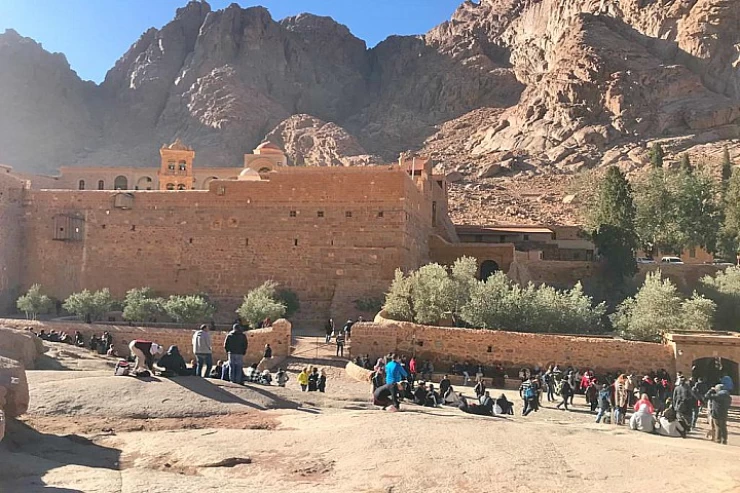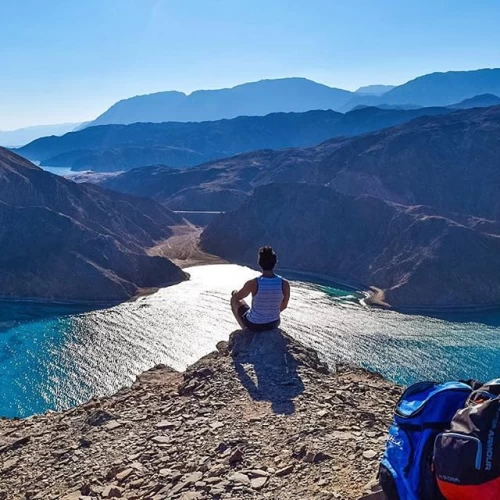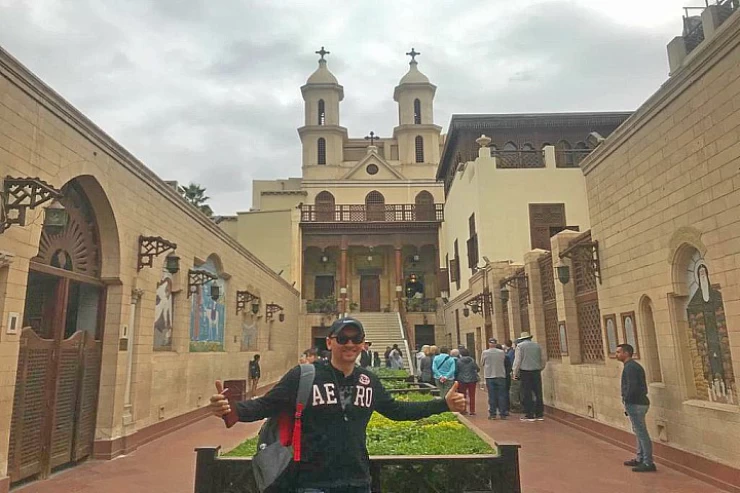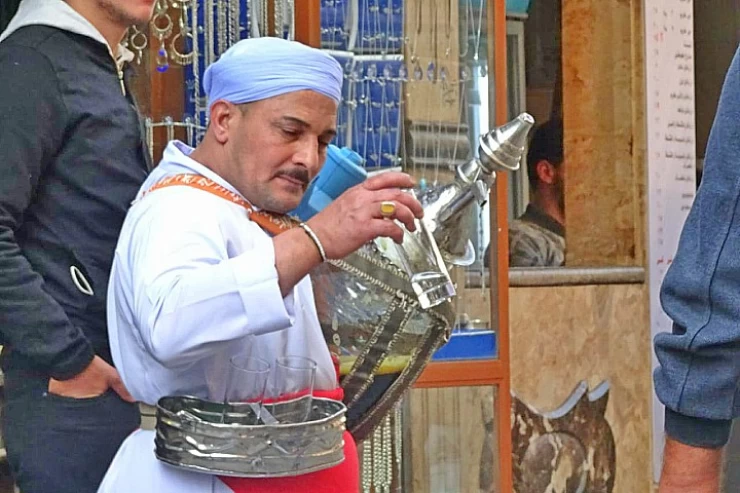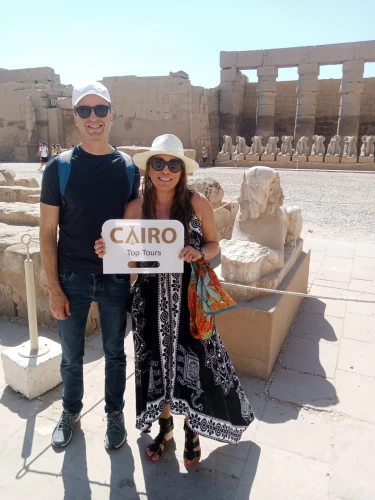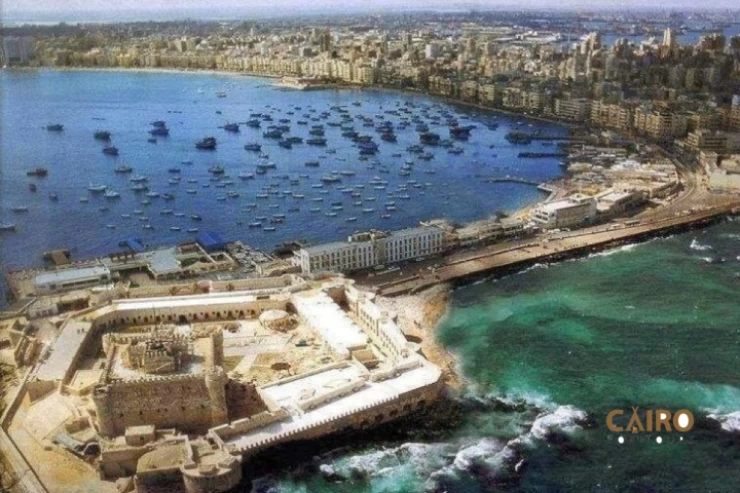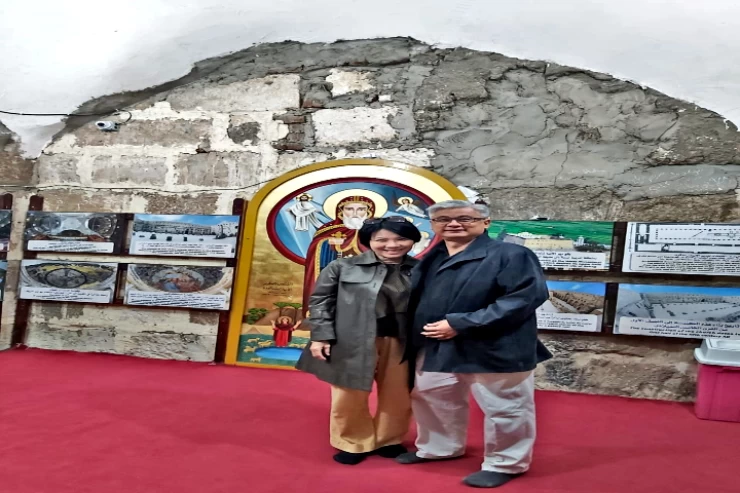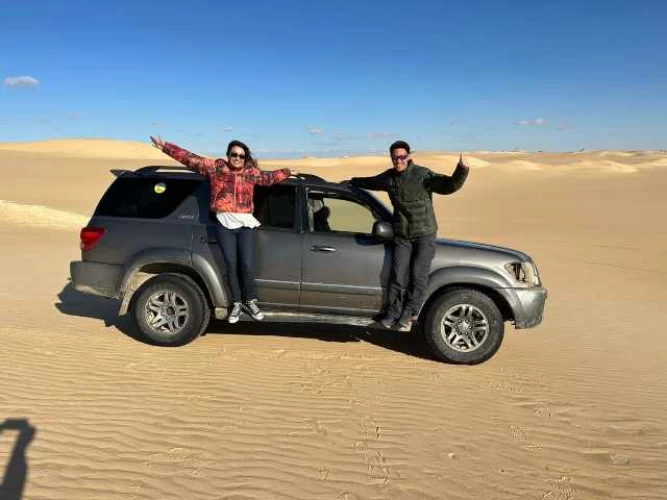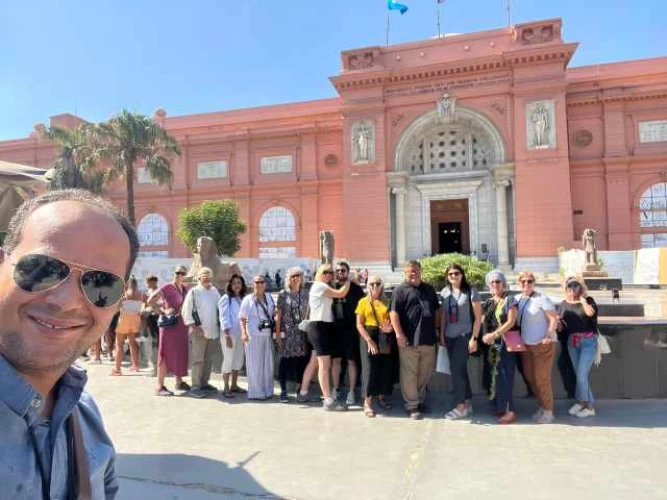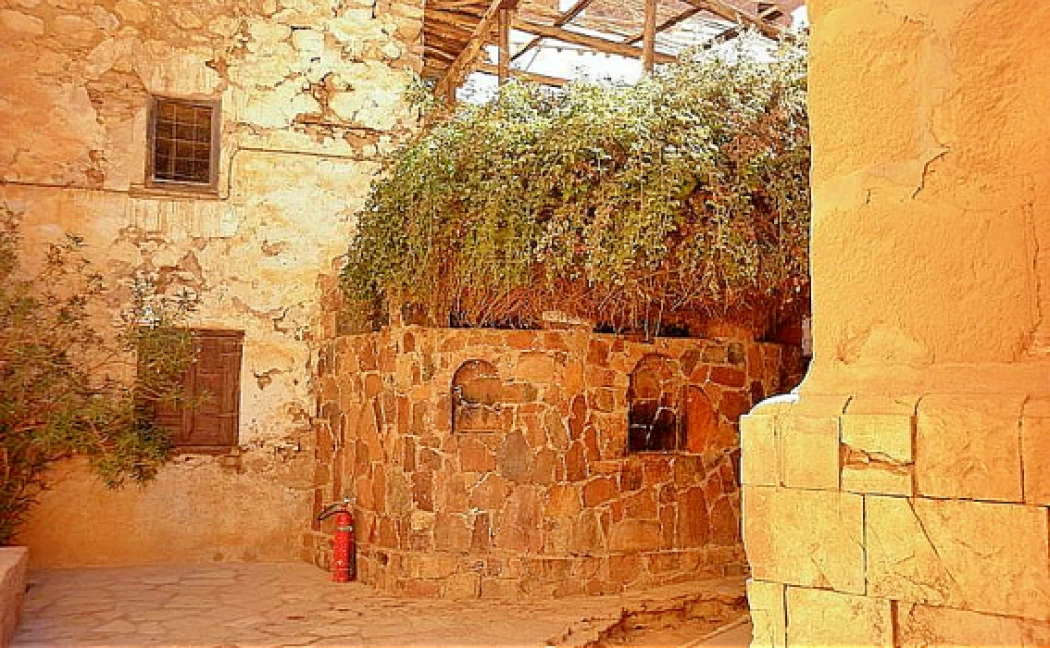
Secrets of the bramble tree in St. Catherine's Monastery
Burning bush st catherine's monastery in Sinai
When the Prophet of God, Moses, peace be upon him, wanted to commune with his Lord, he was next to it, as it is only found in South Sinai. It is the Holy Bramble tree, which is currently located in Saint Catherine’s Monastery. This type of bramble plant does not bear fruit and is green throughout the year, and attempts to re-grow it anywhere in the world have failed.
In Saint Catherine's Monastery there is a church called the Church of the Holy Bush, which was founded by Empress Helena, the mother of Emperor Constantine, in the fourth century AD, near the Holy Bush tree. When Emperor Justinian built the Monastery of Mount Sinai in the sixth century AD, he included it within the great church of the monastery. This monastery was called (Saint Catherine's Monastery) in the ninth century AD, based on the famous story of Saint Catherine.
The burning bush has a floor 70 cm lower than the floor of the Church of the Transfiguration and is 5 m long and 3 m wide. It contains a small circular altar erected on marble columns above a marble slab that marks the real location of the tree. It is said that its roots still remain in this location. The current burning bush tree in the monastery is originally inside the church and its branches are outside. No one enters this church without taking off his shoes outside its door, following the example of the Prophet Moses, peace be upon him, who responded to the call of his Lord and took off his shoes.
The bush and Mount Moses represent a value for all religions, including Judaism, Christianity, and Islam, as the story of the Prophet Moses and the Children of Israel is mentioned in several chapters of the Holy Qur’an.
Latest Articles
Admin
Aswan Governerate in Egypt
One of Egypt's southern governorates is Aswan Governorate. The city of Aswan serves as its capital. At a latitude of 22 north of the equator (also known as the Tropic of Cancer), it is bounded to the north by the Qena Governorate, to the east by the Red Sea Governorate, to the west by the New Valley Governorate, and to the south by the Republic of Sudan.
Admin
Luxor Governorate Egypt
The capital of the Arab Republic of Egypt is Luxor City, which was once known as "Thebes City" because it served as Egypt's capital during the Pharaonic era. It is situated in the South Upper Egypt region, approximately 670 kilometers from the capital Cairo from the south. It is bordered on the north by Qena Governorate, on the south by Aswan Governorate, on the east by Red Sea Governorate, and on the west by New Valley Governorate.
Admin
History of kafr El Sheikh Governorate
Kafr El Sheikh Governorate is an Egyptian governorate, located in the northernmost part of Egypt in the Nile Delta, with Kafr El Sheikh as its capital. It had a population of 3,172,753 in 2015 and an area of 3,748 km². Its entire area is located north of the delta and overlooks the Mediterranean Sea. The main economic activity of the residents of the governorate is agriculture and fishing, especially the southern lands of the governorate and the lands overlooking the Nile River - Rosetta Branch.
Admin
Egypt's New Administrative Capital
The New Administrative Capital is located between the Cairo-Suez and Cairo-Ain Sokhna roads, 60 km from Cairo and the same distance from Ain Sokhna and Suez. The New Administrative Capital is located on the border of Badr City, in the area between the Cairo-Suez and Cairo-Ain Sokhna roads, just after New Cairo, Mostakbal City and Madinaty.
Admin
Al Gharbia Governorate
Gharbia Governorate is one of the governorates full of archaeological sites, whether they are places or facilities (mosques, churches), as the governorate is a destination for visitors to these places throughout the year, whether they are Egyptians from the different governorates.
Admin
Hamata Islands (Qulaan Archipelago) in Marsa Alam
The Hamata area, south of Marsa Alam in the Red Sea, is one of the most important parts of the Wadi El Gemal Reserve, whether in the desert or the sea. It was named after the sorrel plant, which was distorted to Hamata.






